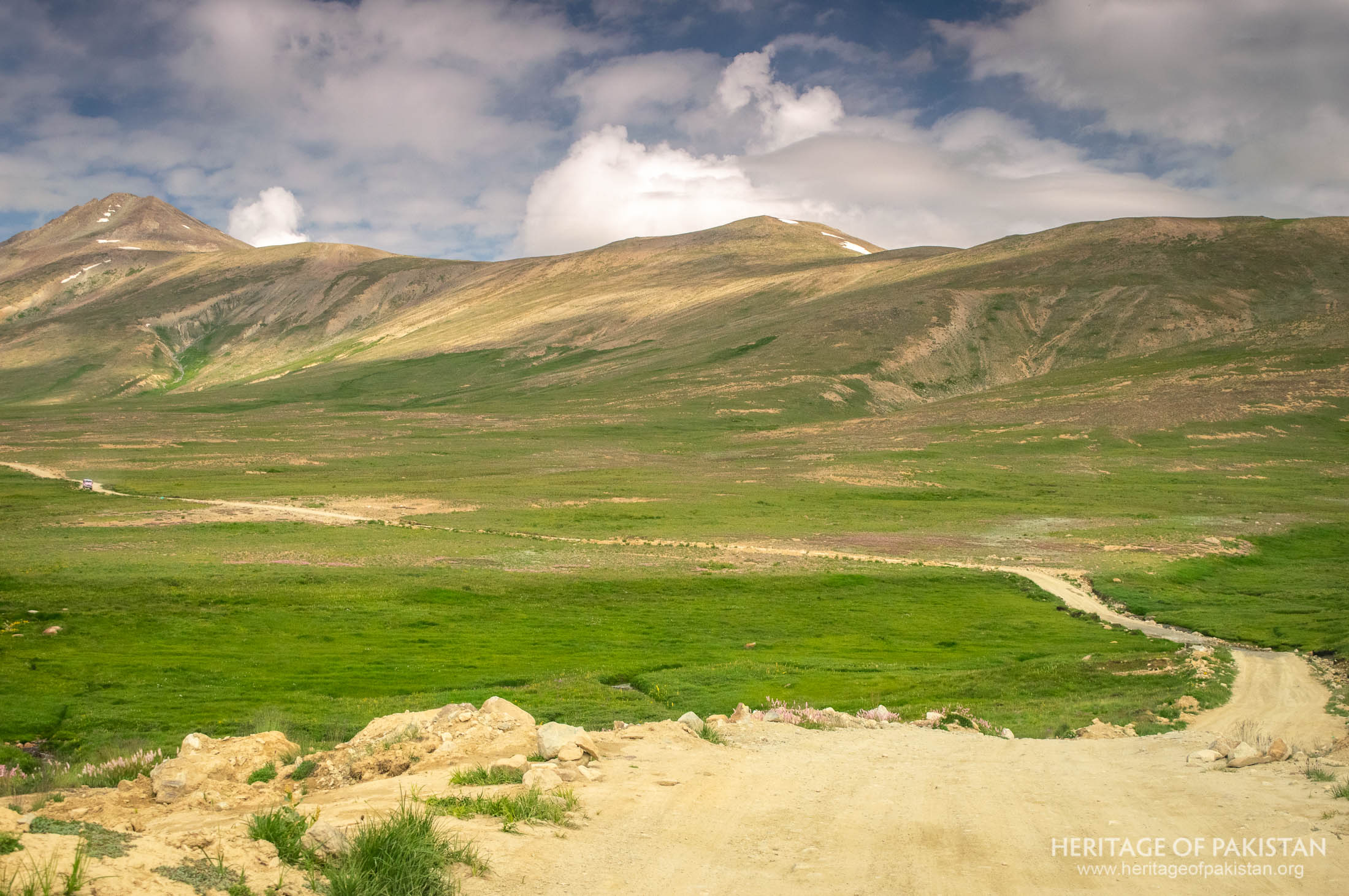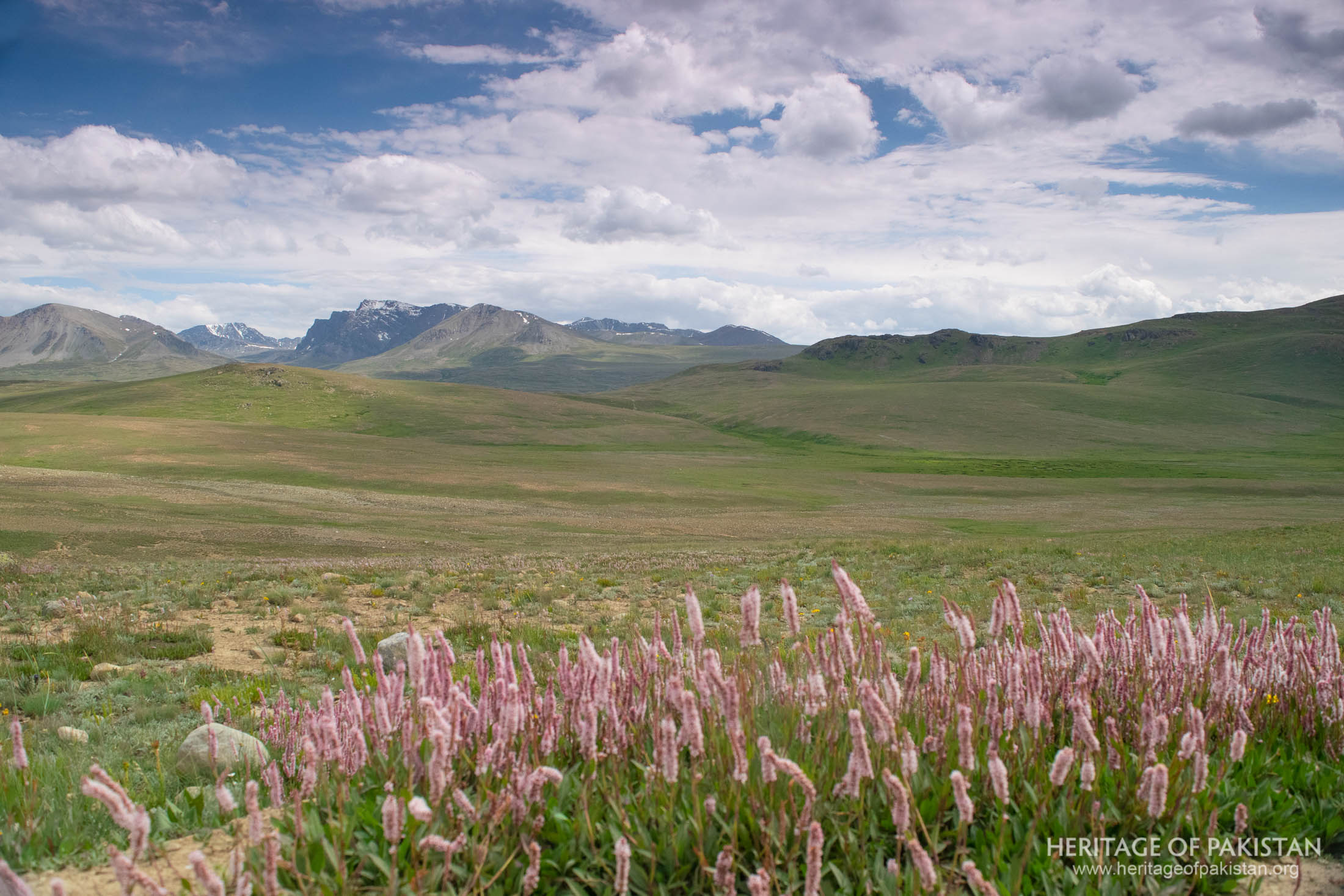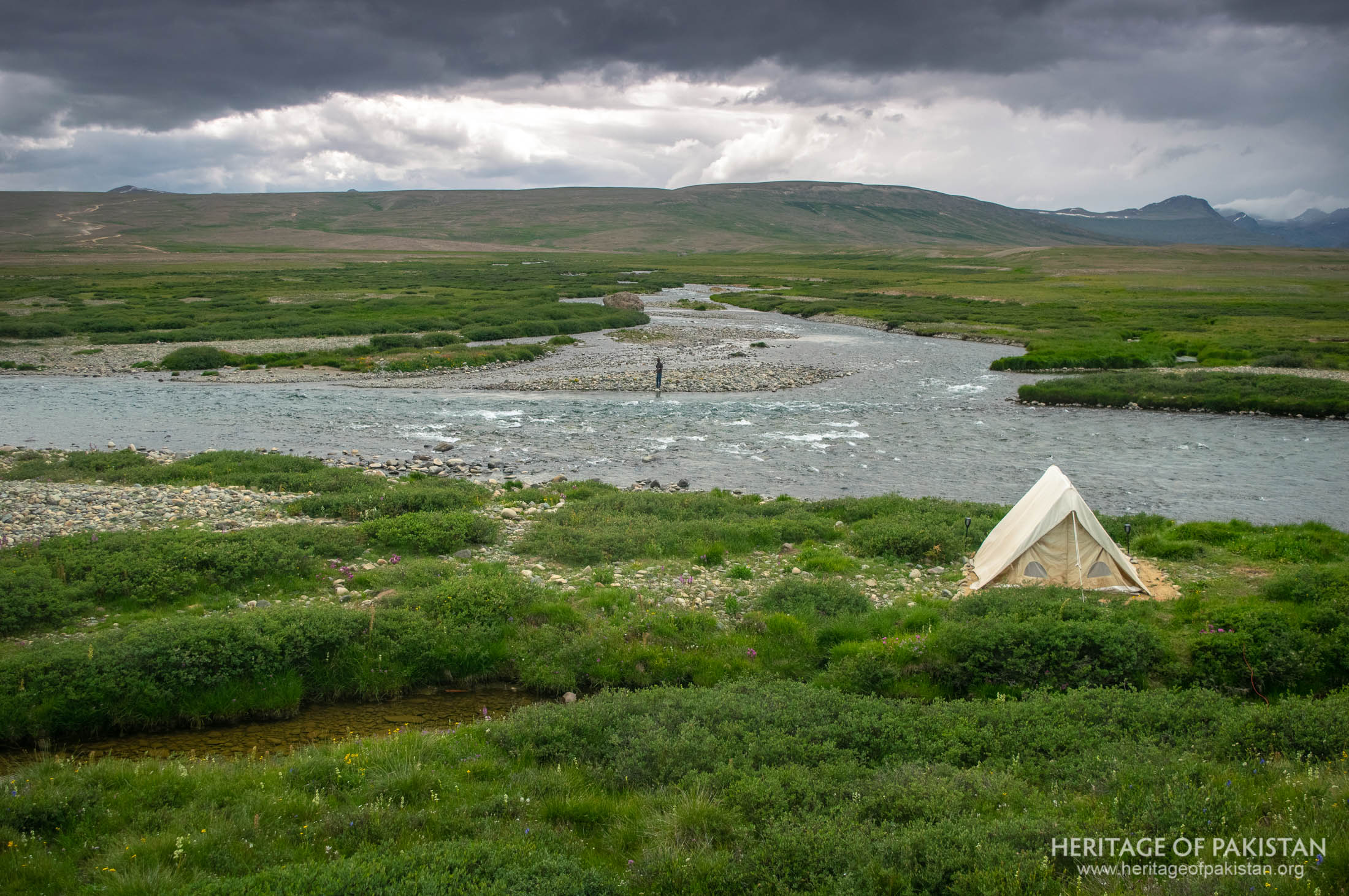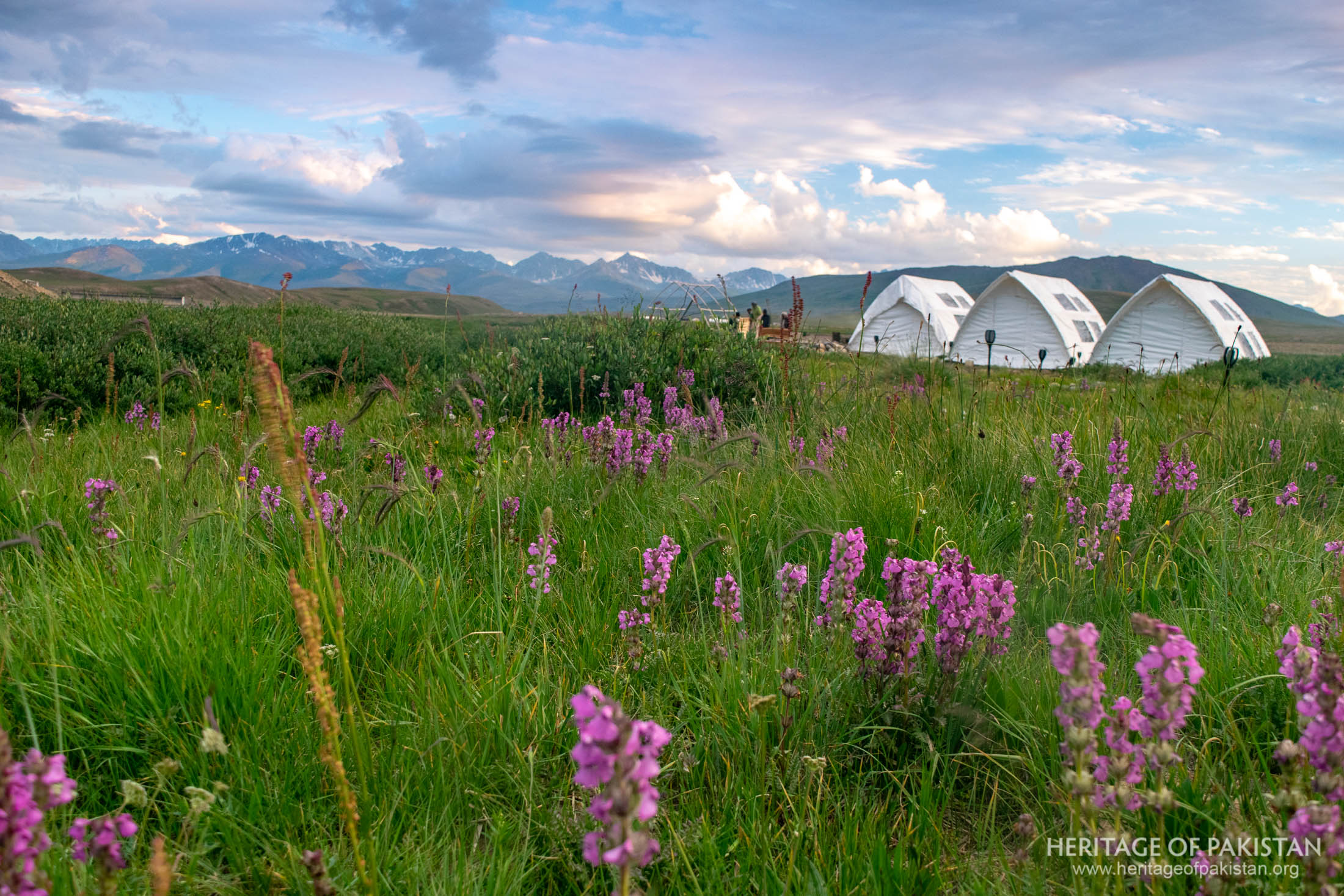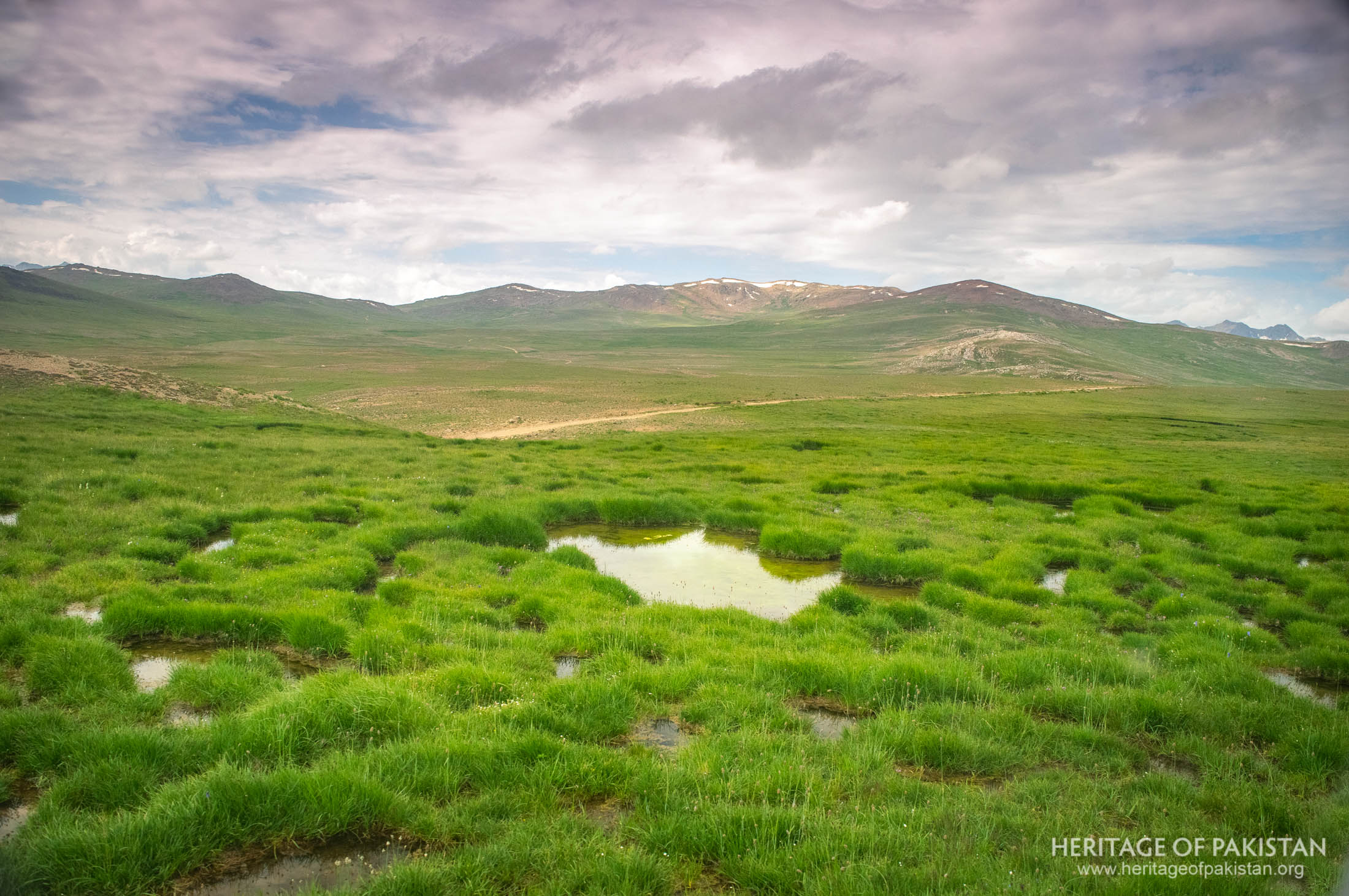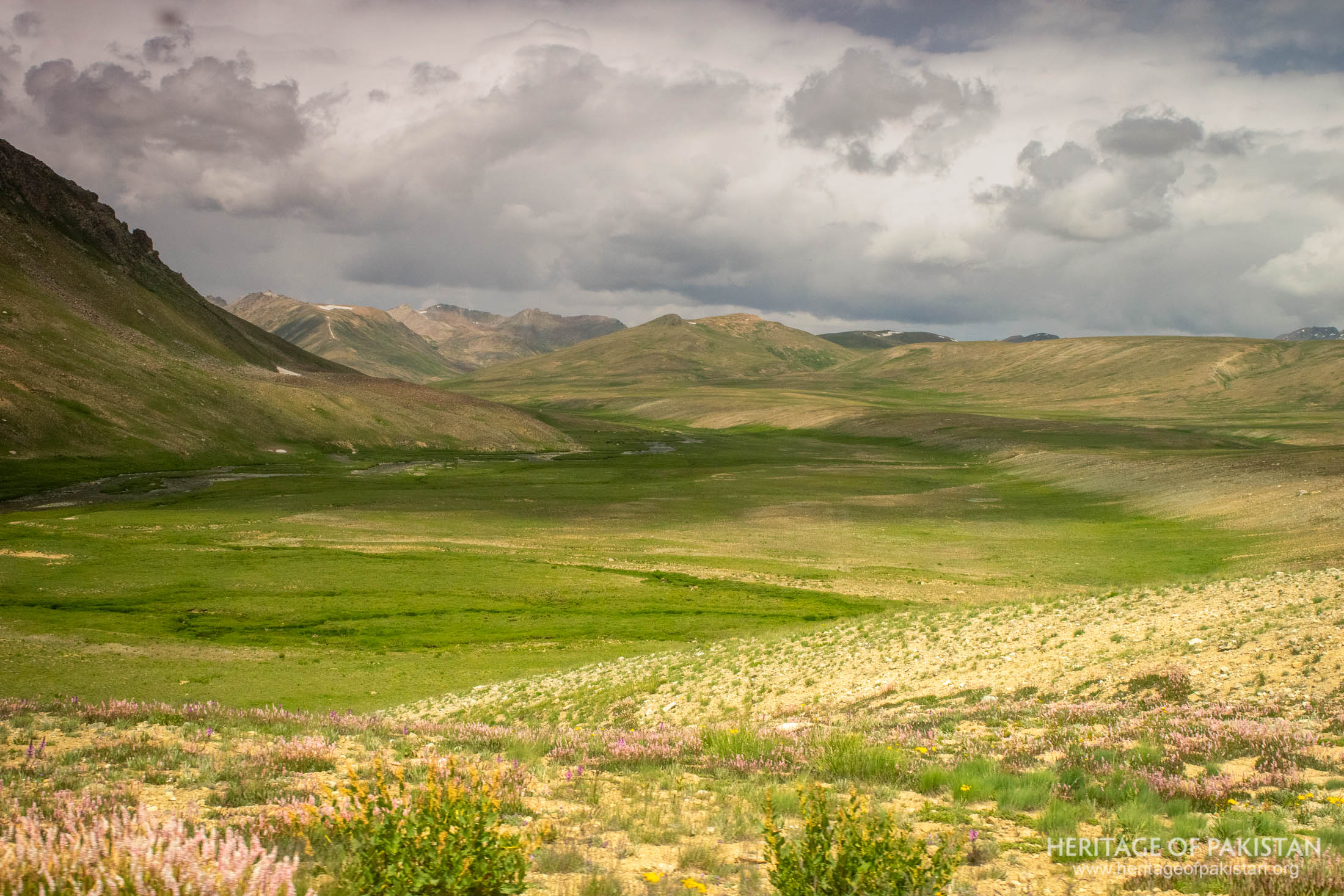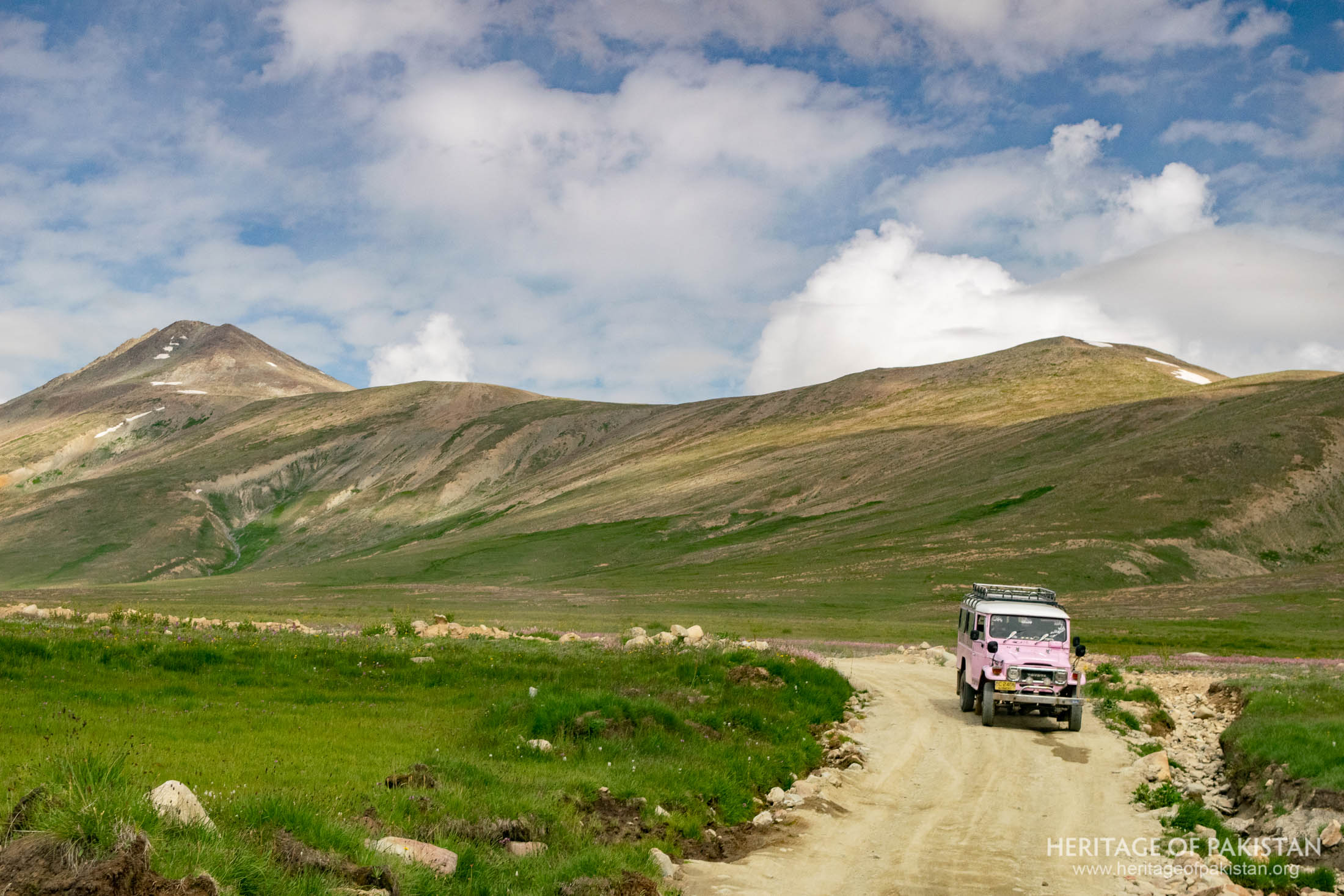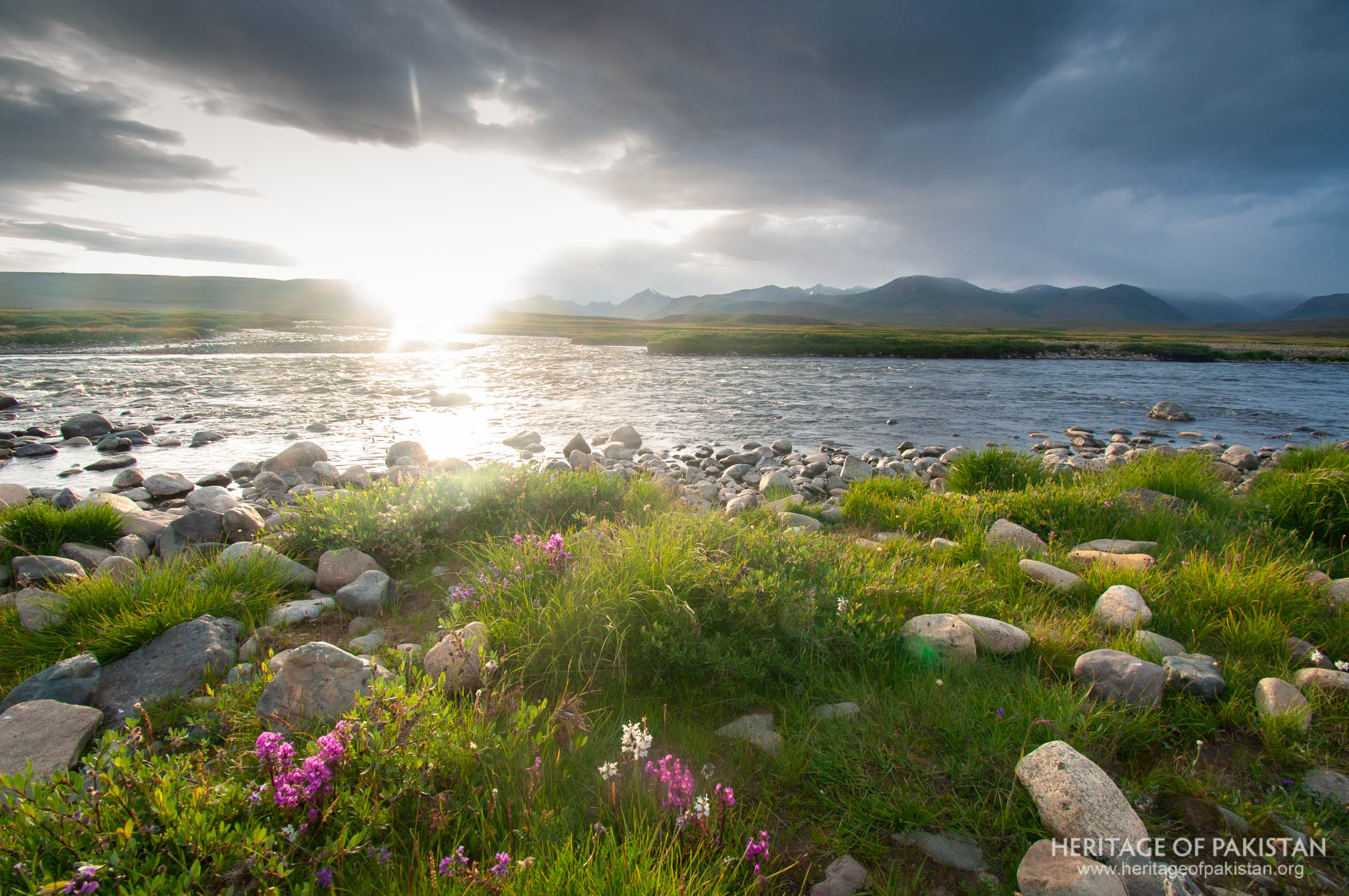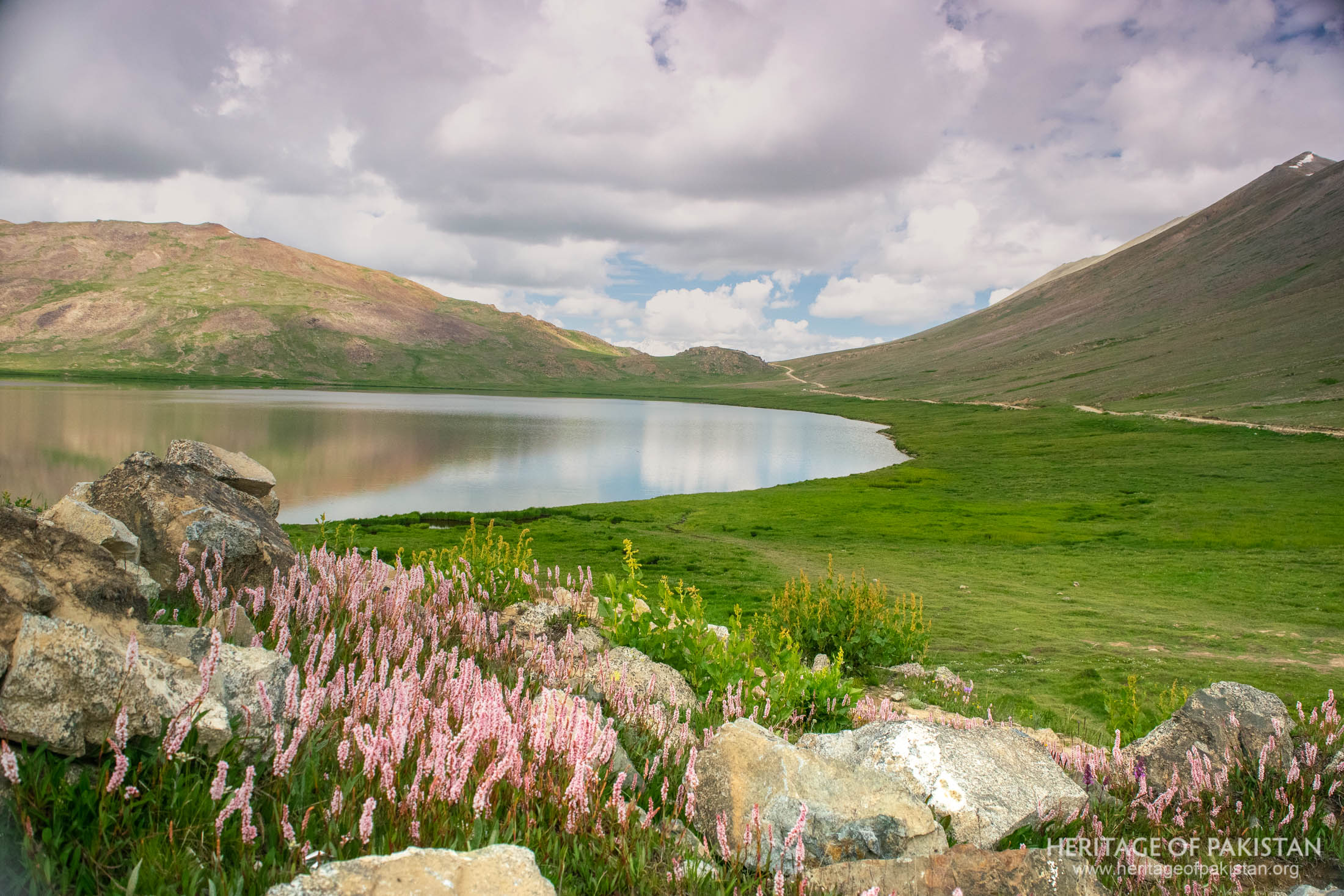Textarea
At an average elevation of 4114 m, Deosai National Park is the second highest plateau in the world, and the only place on earth with a stable population of the endangered Himalayan Brown Bear
Positioned at an altitude ranging from 3500 to 5200 meters, this alpine highland forms an integral part of the Western Himalayan range of Pakistan, covering parts of Astor, Kharmang, and Skardu districts.
The term 'Deosai' has its roots in the Urdu language, a fusion of the words "Deo," signifying a Giant, and "Sai," representing a Shadow, collectively translating to "Shadow of the Giants
The park encompasses a vast range of altitudes from 3,500 to 5,200 meters above sea level. The central part of the Park is relatively flat and gentle, with lower elevations of 4,000 meters.
Deosai National Park, positioned at an average elevation of 4114 m above sea level, houses a vast and rich array of species of flora and fauna
Deosai National Park is segregated into four primary zones for efficient management and conservation efforts: the Core Zone, the Wilderness Zone, the Sustainable Use Zone, and the Visitors Intensive-Use Zone.
Deosai, locally referred to as "The Land of Giants," presents an enchanting vista of boundless, treeless plains that sprawl into the distance
A dirt road through Deosai National Park connects with Astore Valley
The park is a significant water source, with three important river systems—Shatung, Bara Pani, and Kala Pani—originating from here
The government of Gilgit-Baltistan declared Deosai as a National Park in 1993 under the Northern Areas Wildlife Act of 1975

